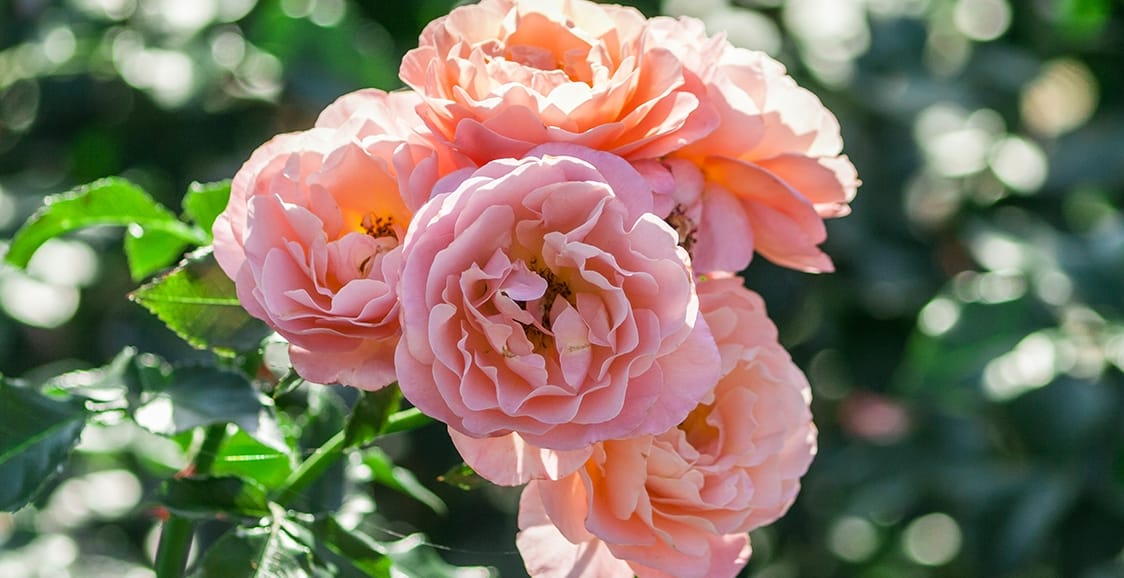
Drift Rose ‘Apricot’
Rosa hybrid
Drift roses are a cross between a miniature rose and a groundcover rose. The lighter color of the apricot rose is attractive to butterflies and bumble bees.

Drift Rose ‘Coral’
Rosa hybrid
The coral color provides a pop of color in any garden, and this groundcover rose is very disease resistant.

Drift Rose ‘Peach’
Rosa hybrid
This drift rose is a very hardy cross between miniature and groundcover roses. Ideal for planting on slopes to minimize erosion, this drift rose also has a very tight root system.

Knock-Out Rose ‘White Out’
Rosa radwhite
A very disease resistant variety of rose, this knock-out is not as vigorous in growing as the red. It also requires no dead-heading.

Knock-Out Rose ‘Red’
Rosa radrazz
A vigorous rose that requires very little trimming, the red knock-out may be cut like a hedge 2-3 times a year. It also blooms with less than 3 hours of sunlight.

Knock-Out Rose ‘Pink’
Rosa radcon
This is a continually blooming rose, but adding fertilizer in the summer will increase production.

Rose ‘Nearly Wild’
Rosa floribunda
This floribunda rose requires severe pruning to maintain its height, and it does not bloom well in shade. It also has very stiff prickly roses that can be used as a barrier.








